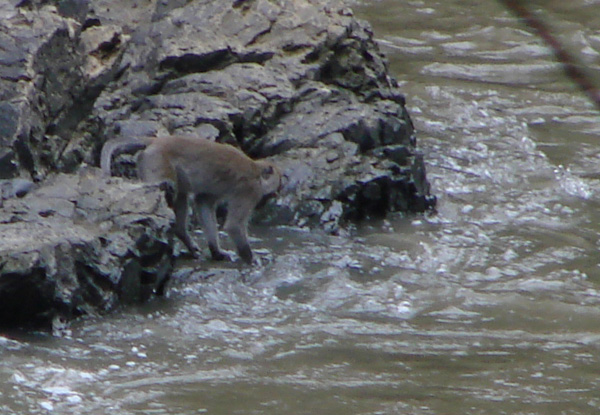 Woof - Using Fido To Find Endangered Species
Woof - Using Fido To Find Endangered SpeciesRogue prefers his steak medium-well. But when it comes to sniffing out a rare plant, this dog performs...
 320,000 Acres Of Forest Protected In Landmark Deal
320,000 Acres Of Forest Protected In Landmark DealFew places on Earth are as untouched as the "Crown of the Continent" — a 10-million...
 Do Carbon Offsets Really Work?
Do Carbon Offsets Really Work?The proliferation of voluntary carbon offset programs seems like a great way for individuals to...
 Scientists Find Monkeys Who Know How To Fish
Scientists Find Monkeys Who Know How To FishLong-tailed macaques eat mostly fruit — but when resources are scarce, they’ve been known to...





